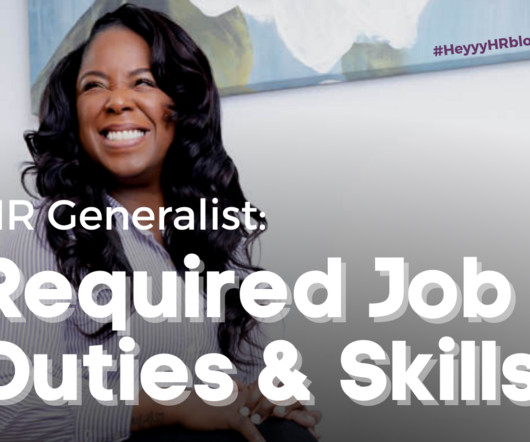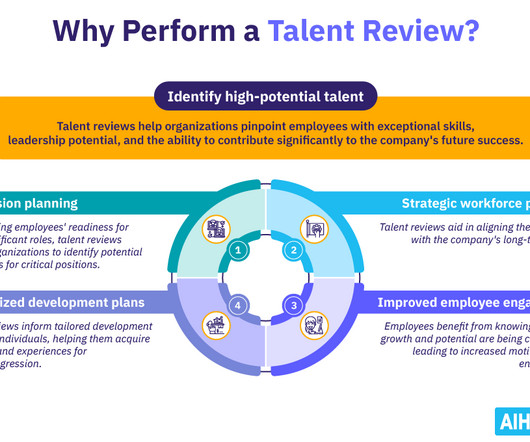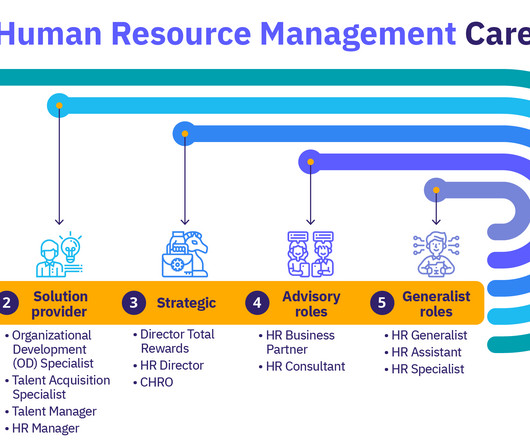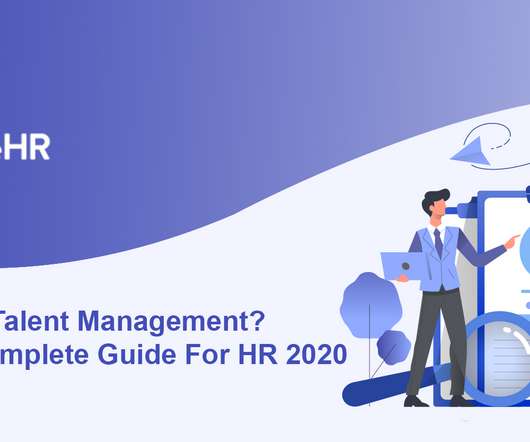From Compliance to Talent Management: The 15 Essential HR Responsibilities
Analytics in HR
MAY 10, 2023
Employee development: Onboarding, training and development responsibilities 5. Talent management: Employee experience, engagement, and performance 6. These strategies may include recruitment and selection processes, employee development and training initiatives, and compensation and benefits programs.































Let's personalize your content